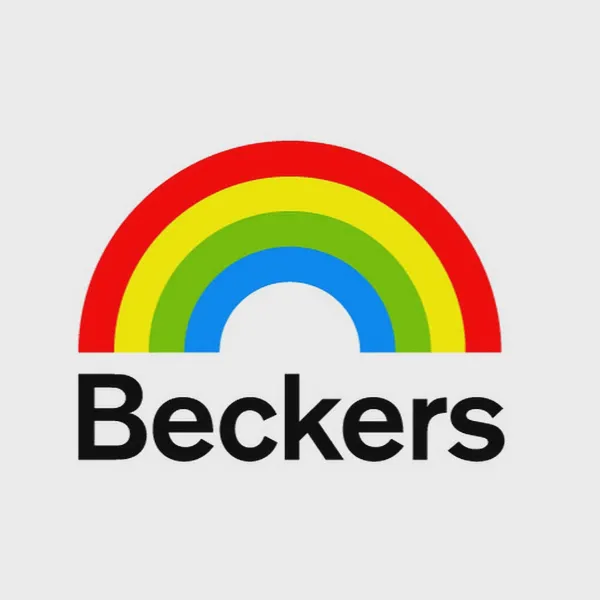How Beckers Group Is Losing Specs to PPG and Jotun
When buyers sort coil-coating options inside EC3, two familiar logos dominate the results. PPG uploads fresh Environmental Product Declarations by the dozen, Jotun tags hundreds more. Beckers Group? Nothing shows. That silence is starting to echo in bid rooms where carbon limits tighten every quarter.


Specs shift from gloss to grams CO₂
Architects still love metallic sheens, but procurement teams now open bidding spreadsheets with a column labeled “EPD ready.” Whoever fills that cell avoids the default penalty many design firms add when data is missing (Buro Happold, 2024). Carbon transparency has turned from a side quest into a gate-check.
PPG floods the data rooms
A quick query in Building Transparency’s global catalogue lists more than 170 active PPG EPDs covering everything from PVDF coil topcoats to cementitious deck primers (EC3, 2025). That breadth lets project managers pick one supplier for walls, roofs, and ancillary coatings without worrying about mixed documentation. It also signals a lifecycle mindset that multinational owners increasingly require.
Jotun’s Nordic playbook travels well
Jotun holds over 200 current EPDs under EPD Norway, most renewed after the EN 15804 A2 upgrade (EPD Norway, 2025). While many target marine and fire-protection lines, the same LCA muscle backs its growing building-products range in Europe and Southeast Asia. When a spec includes an aluminum facade in Oslo or a data-center roof in Singapore, Jotun’s paperwork is already translated and third-party verified.
Beckers booths look empty on EC3
Searching “beckers-group.com” in EC3 returns zero hits today. Even legacy declarations are absent. That means a coil order for a net-zero school in California or a refurb in the Netherlands automatically tilts toward PPG or Jotun because the estimator cannot enter a project-specific impact number for Beckers. A sales manager might never know the lead existed.
PPG and Jotun sail through step two. Beckers triggers the uplift. Price concessions rarely offset that handicap, and margin erosion becomes the only rescue lever. No fun.
Fast-launch EPDs cut the gap to zero
Coil plants already track resin recipes, solvent mixes, oven energy, and scrap rates for ISO 9001 audits. Channeling that data into an LCA model is mostly a coordination task, not a lab marathon. With a specialist partner that handles data wrangling and program-operator submissions, a first wave of product-specific EPDs can hit the public catalogue in under eight weeks. That timeline has been proven on similar coating lines this year (IBU webinar, 2025).
Filling just the highest-volume SKUs would neutralize the baseline penalty and reopen doors at planners chasing LEED v5 points. The sooner Beckers occupies those drop-down menus, the sooner conversations swing back to color science and warranty length instead of missing documents.
Frequently Asked Questions
How many public EPDs does Beckers Group have today?
None are listed in Building Transparency’s November 2025 export.
Which competitor shows the widest EPD portfolio in coil and architectural coatings?
PPG, with more than 170 current declarations spanning multiple coating chemistries (EC3, 2025).
Does AkzoNobel have more EPDs than Beckers?
Only one expired AkzoNobel EPD appears in EC3, so AkzoNobel is ahead but barely.
What is the penalty for lacking an EPD in many EU tenders?
Guidelines often add a default 10–15 percent CO₂ uplift when product-specific data is absent (GPA, 2024).
How fast can a manufacturer realistically publish its first EPDs?
With streamlined data capture and an experienced LCA partner, two months is achievable for well-documented production lines (IBU webinar, 2025).
